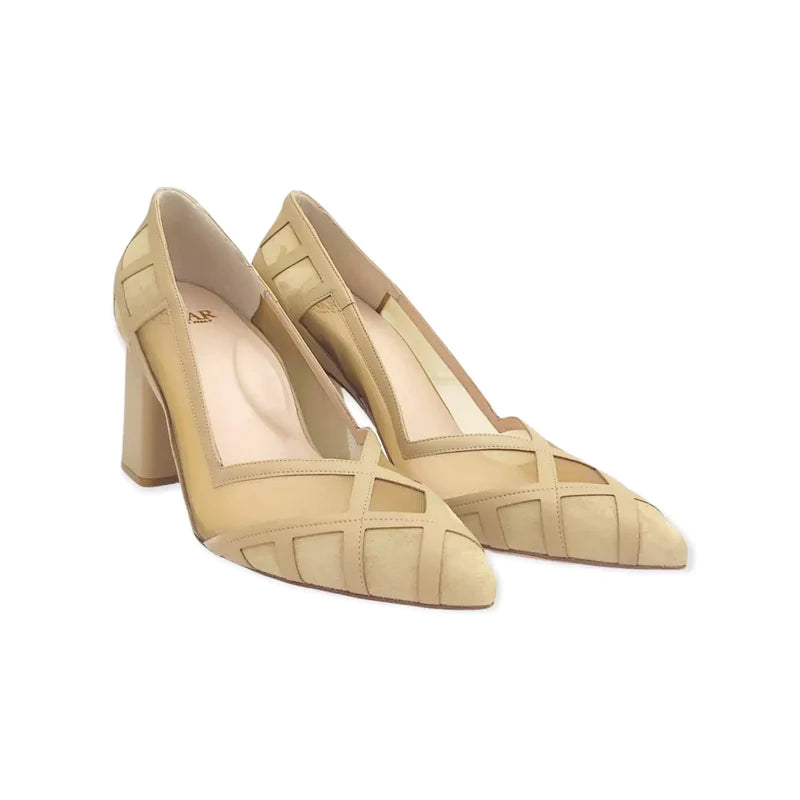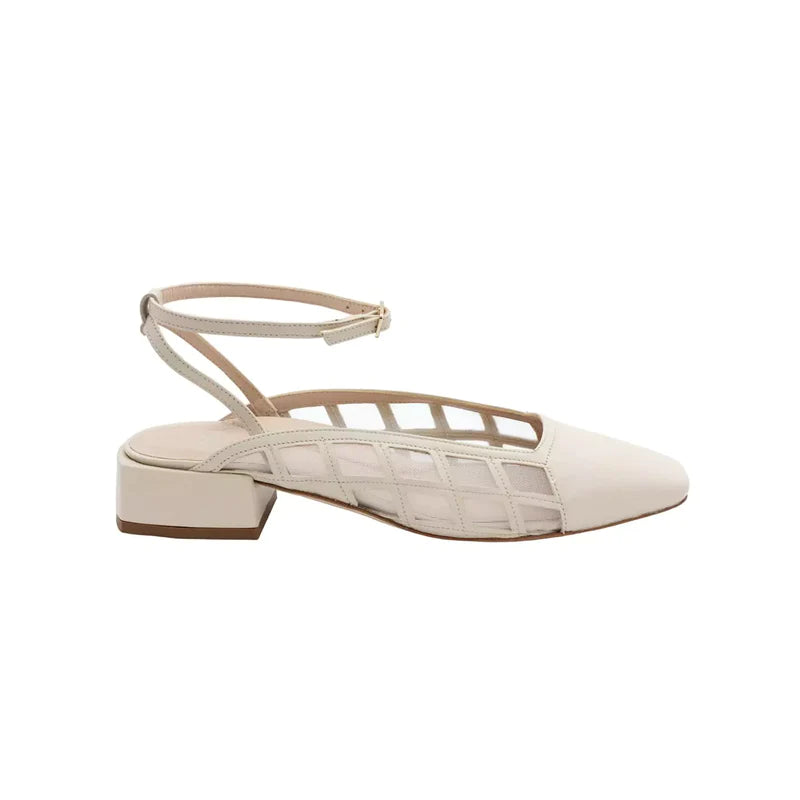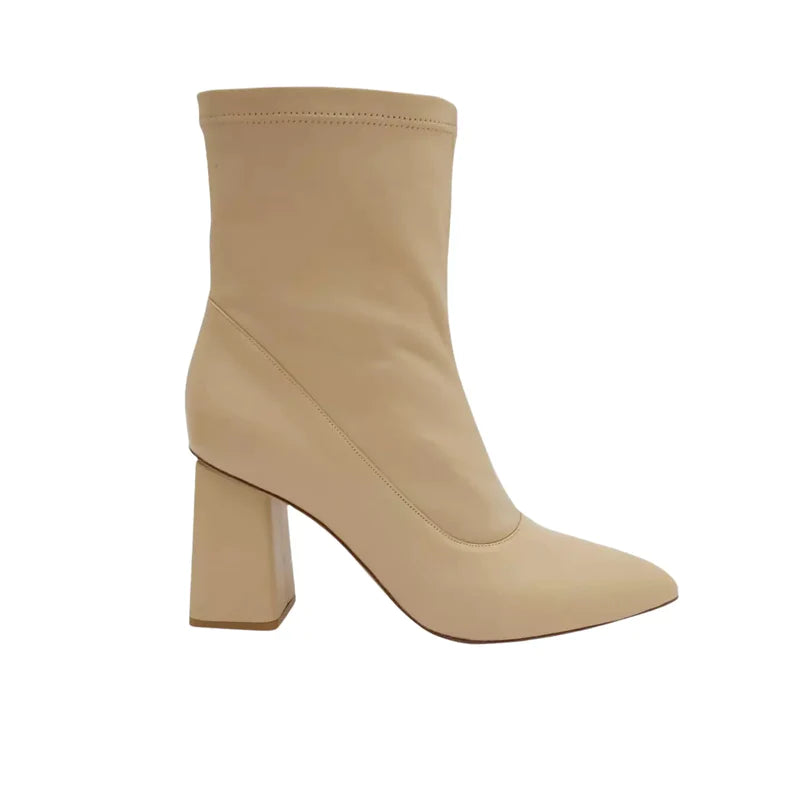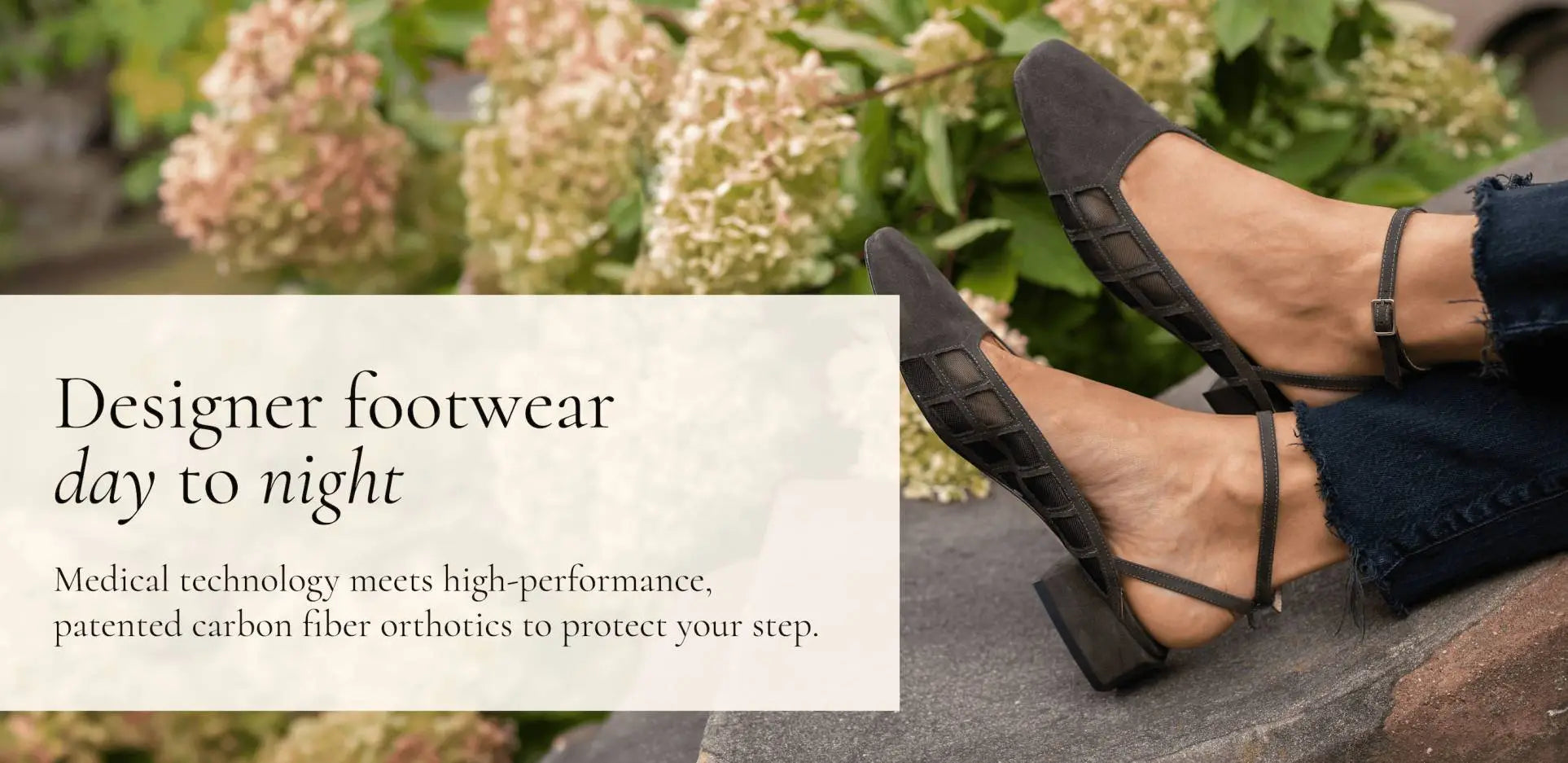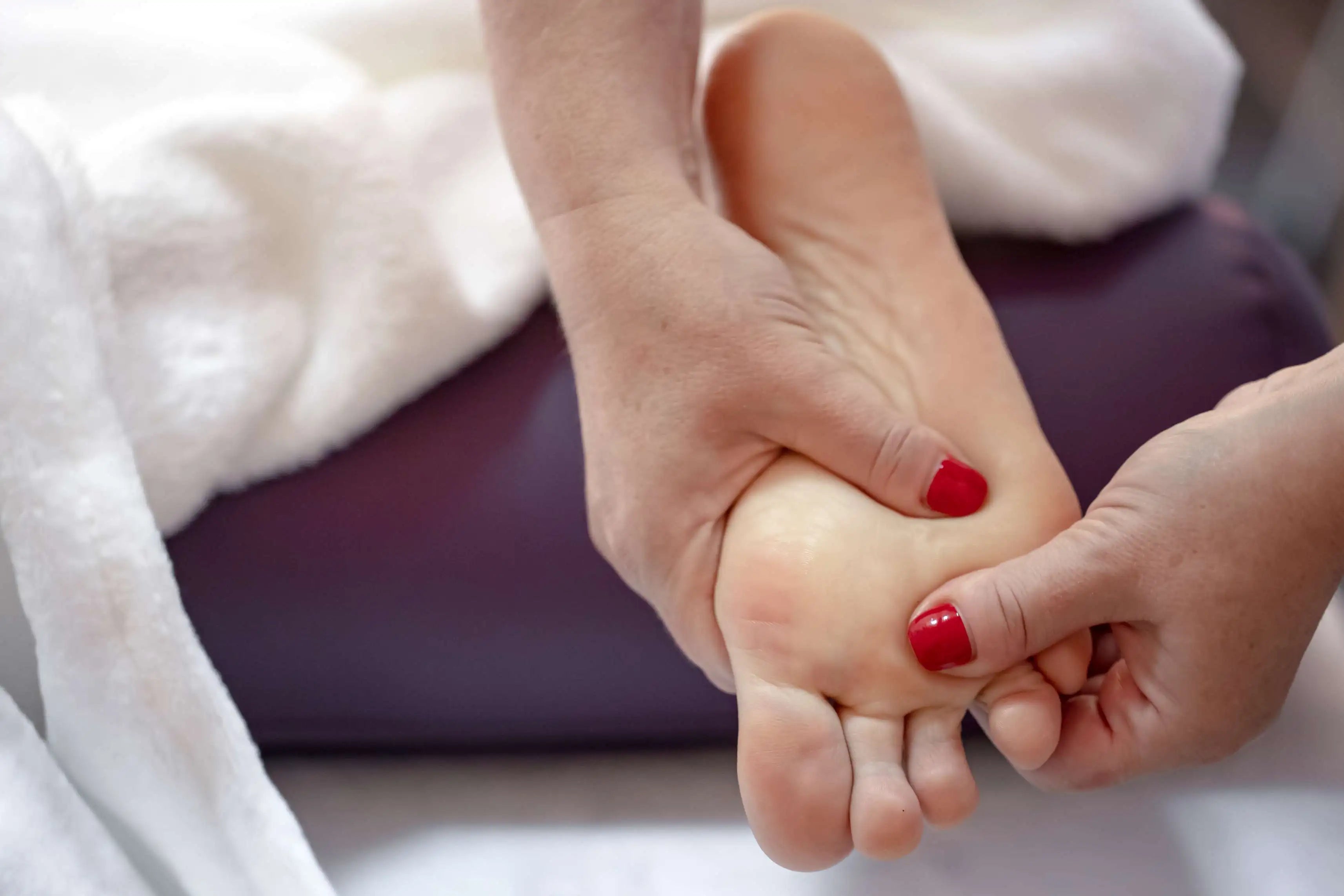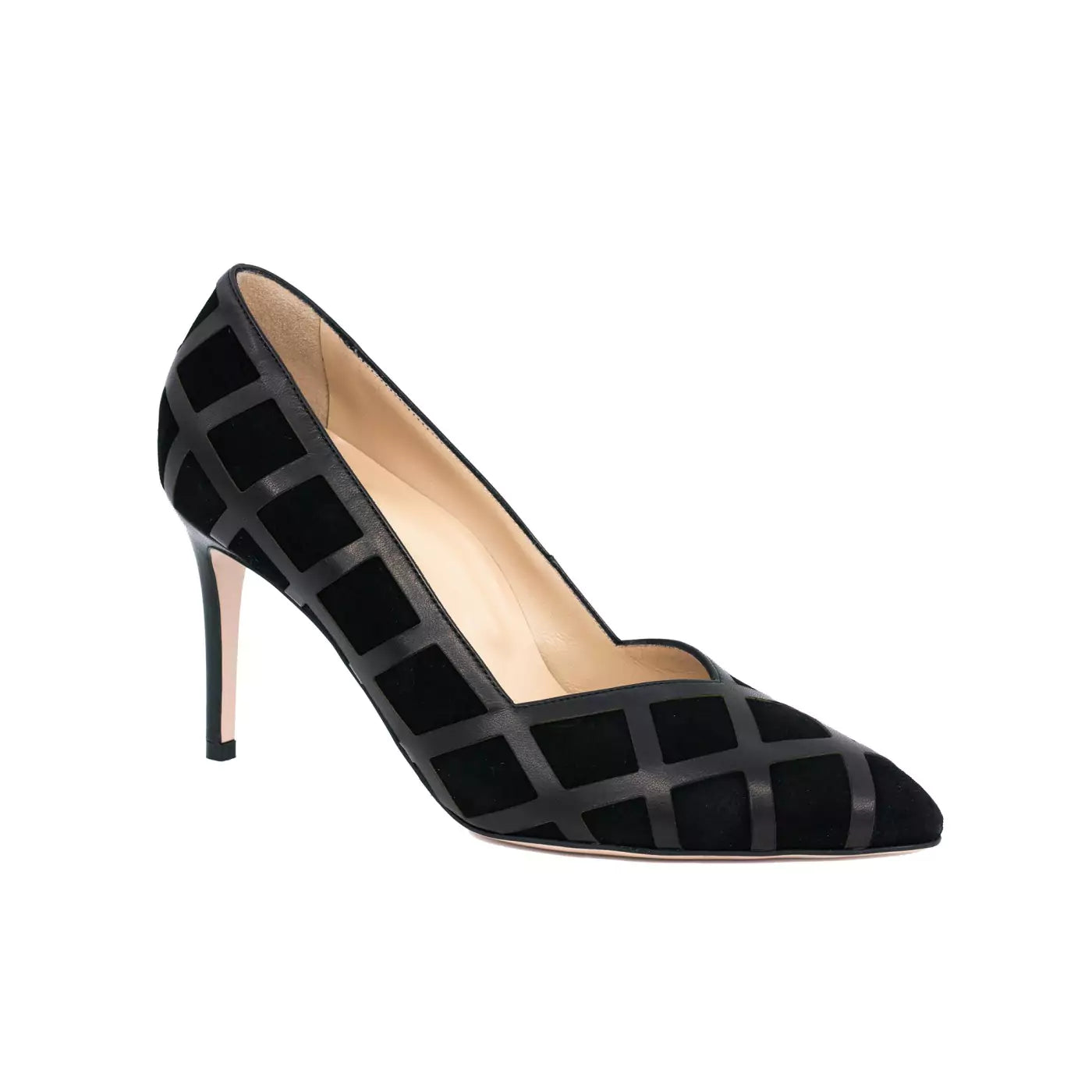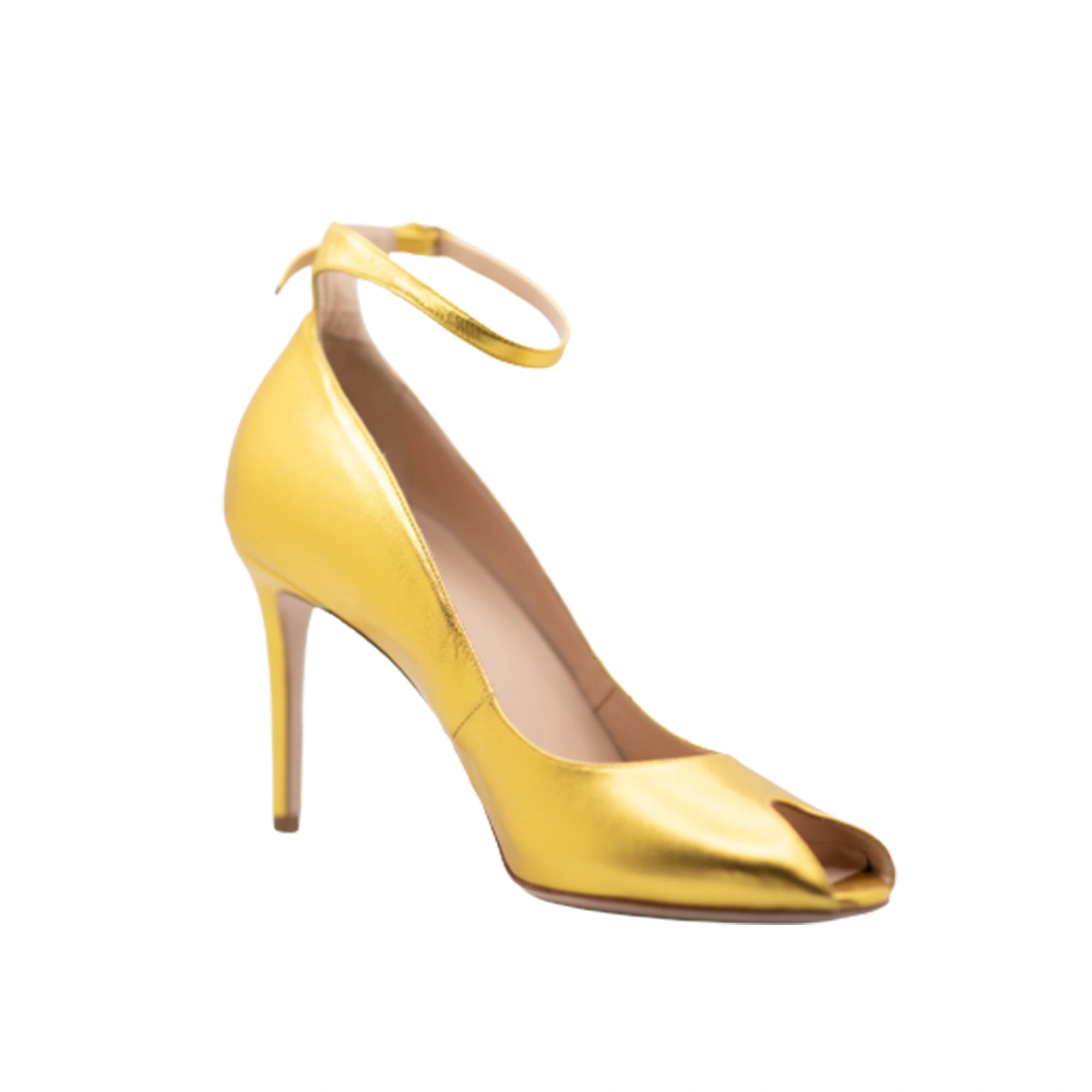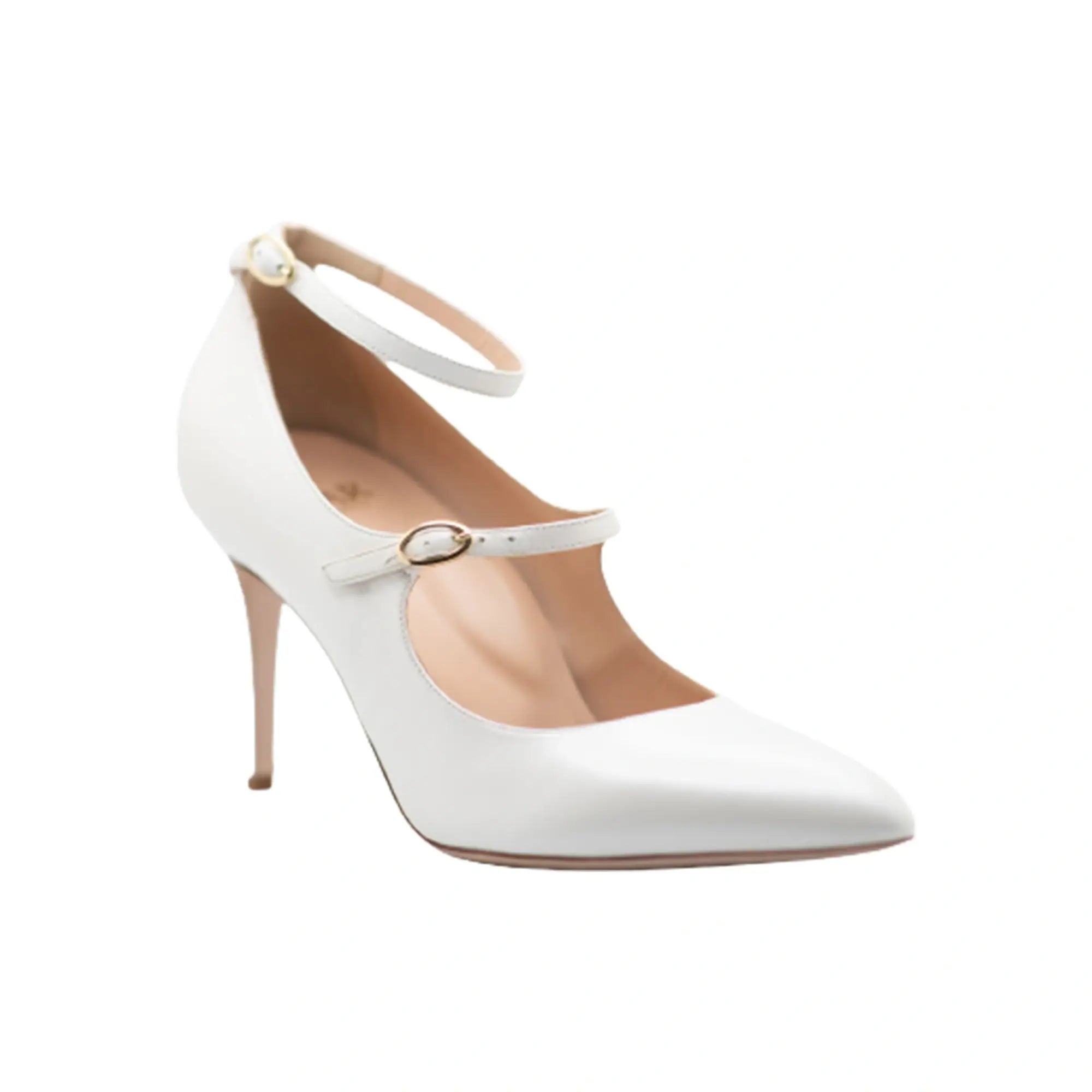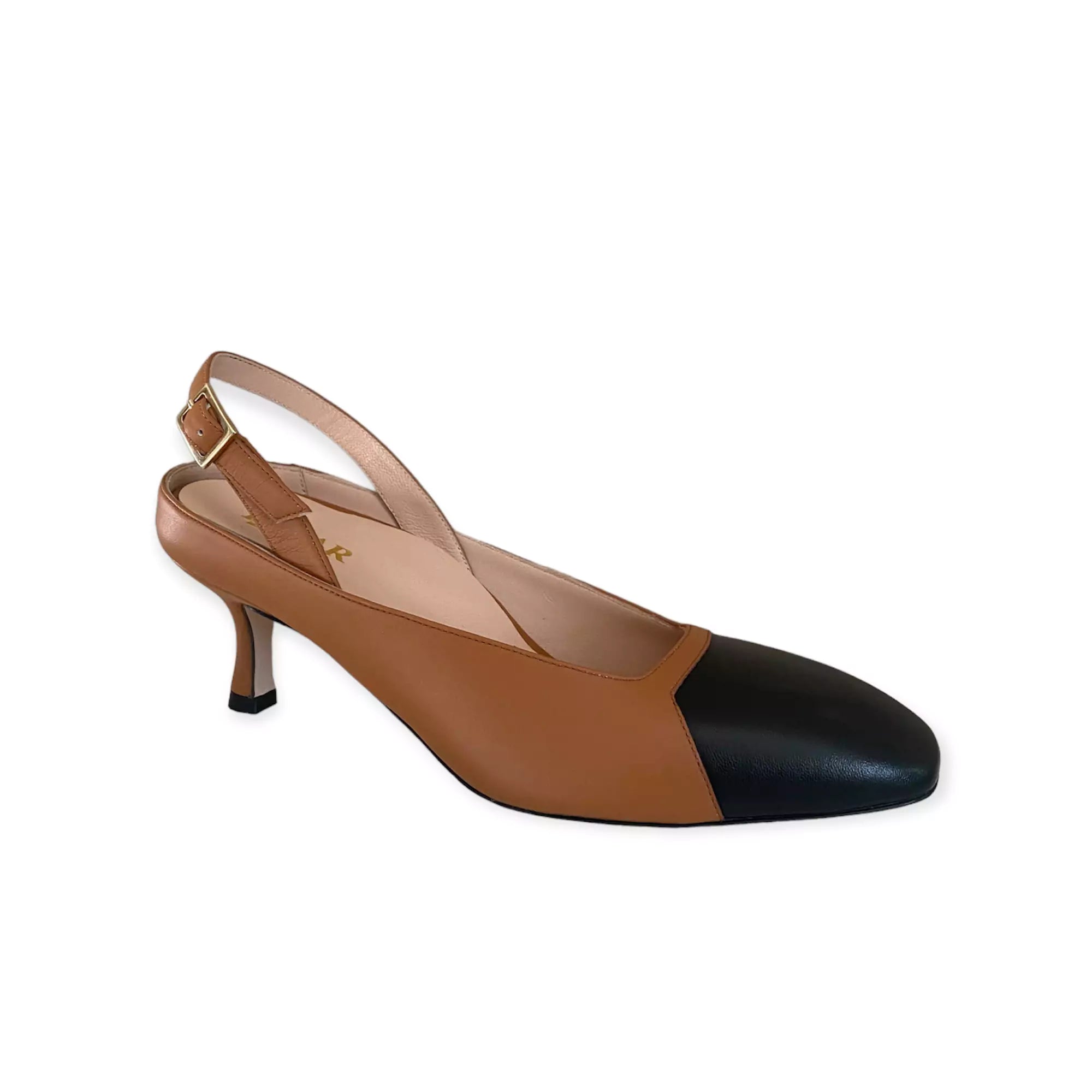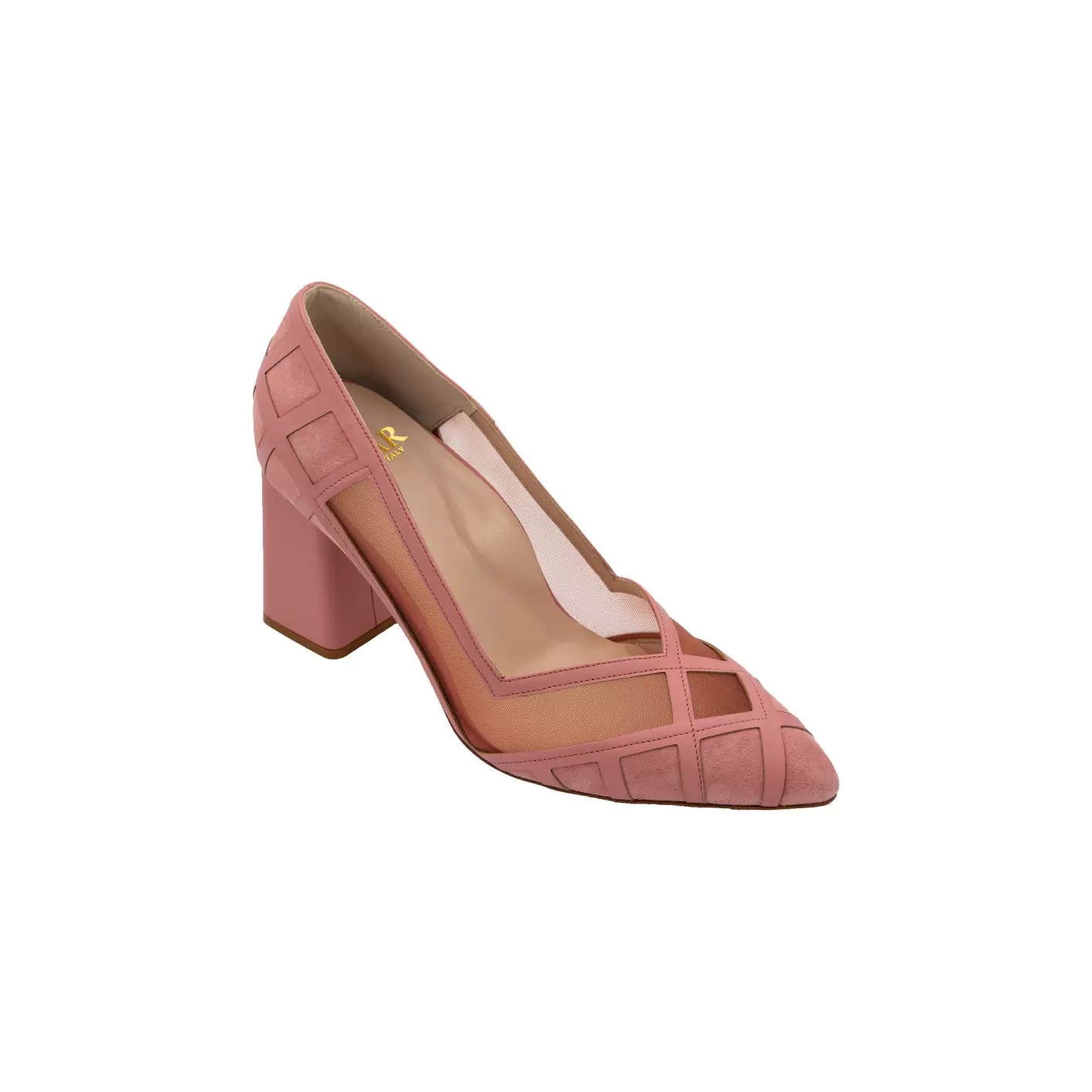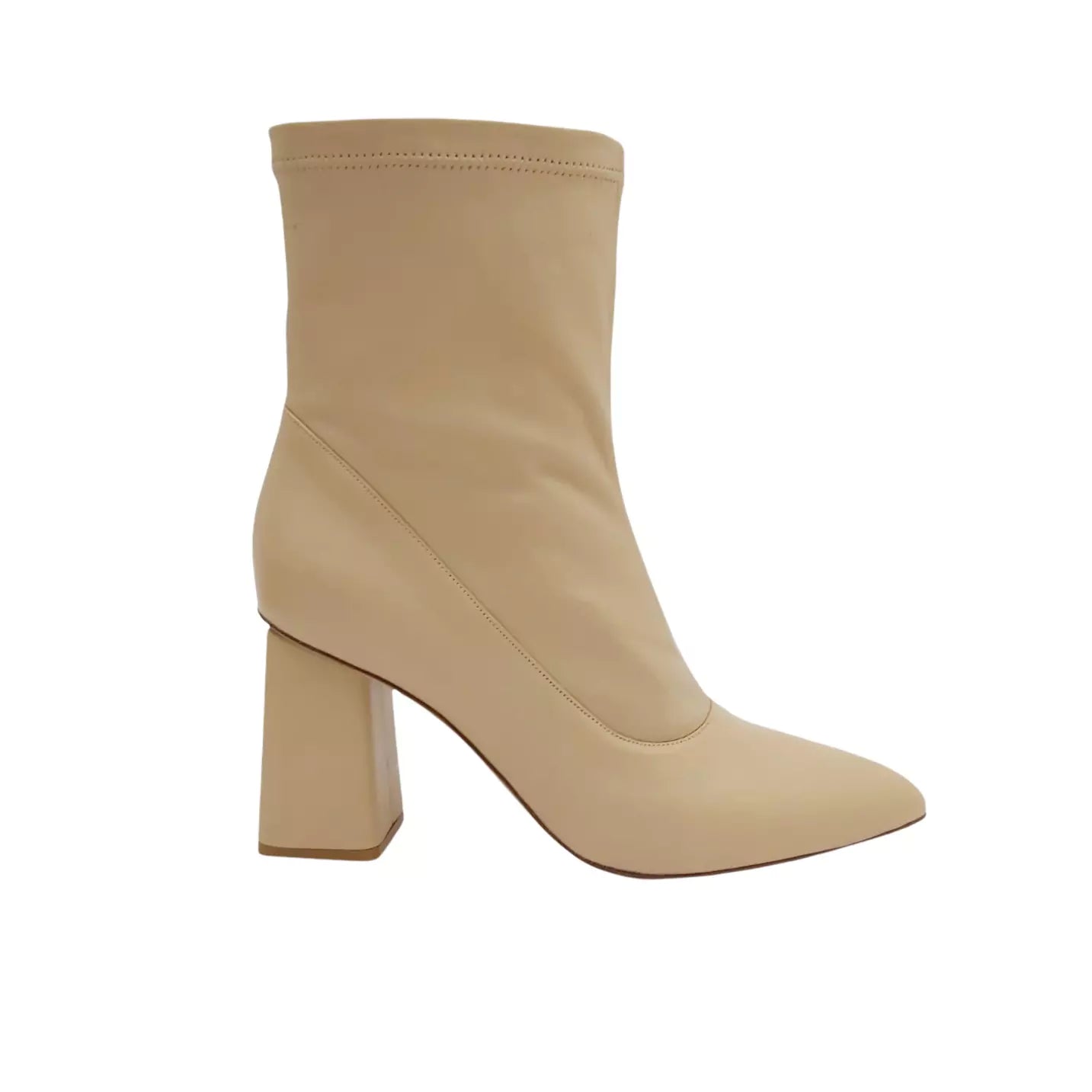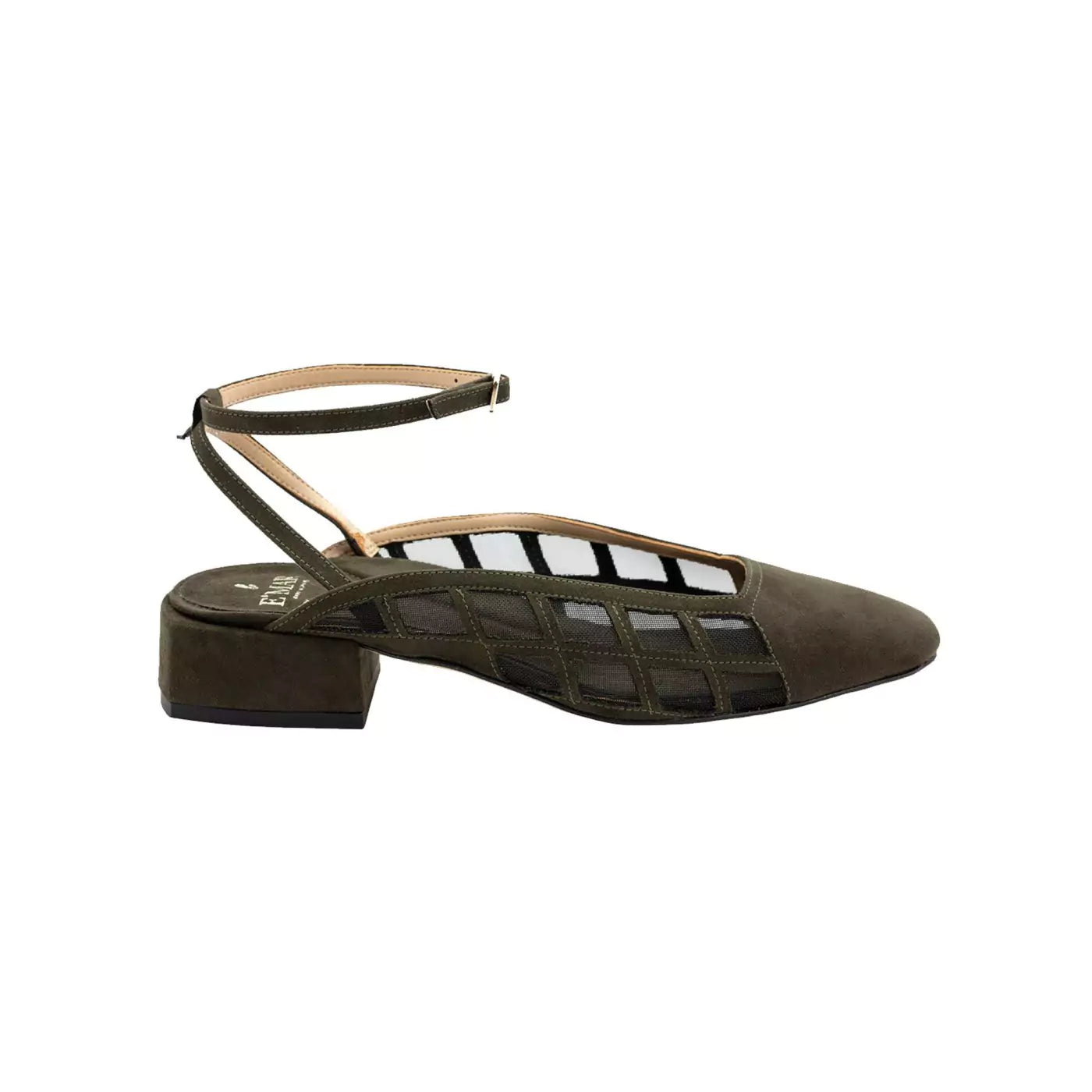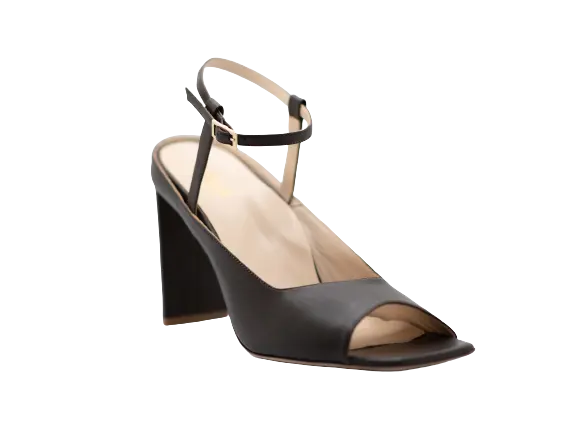Do you find yourself constantly rolling your ankles, even during routine activities? If so, you're not alone. Ankle instability is a common issue that can affect individuals of all ages and activity levels. But why does it happen, and what can you do about it?
Causes of Ankle Instability:
- Previous Ankle Injuries: One of the primary causes of ankle instability is a history of ankle sprains or injuries. When you sprain your ankle, the ligaments that support the joint can stretch or tear, weakening their ability to provide stability.
- Weak Muscles: Weakness in the muscles surrounding the ankle joint can also contribute to instability. These muscles play a crucial role in supporting and stabilizing the ankle during movement. If they are weak or underdeveloped, it can increase the risk of rolling or twisting the ankle.
- Poor Biomechanics:Issues such as flat feet, high arches, or abnormal foot alignment can alter the way weight is distributed in the foot and ankle. This can put added stress on the ligaments and increase the likelihood of ankle instability.
- Lack of Proprioception:Proprioception refers to your body's ability to sense its position and movements in space. When proprioception is impaired, it can affect your balance and coordination, making you more susceptible to ankle injuries.
Fixes for Ankle Instability:
- Strengthening Exercises: Incorporating exercises that target the muscles around the ankle joint can help improve stability and reduce the risk of rolling your ankles. Focus on exercises that strengthen the calf muscles, peroneal muscles, and muscles of the foot and ankle.
- Balance Training:Balance exercises can help improve proprioception and enhance your body's ability to maintain stability. Simple exercises like standing on one leg or using a balance board can be effective in strengthening the muscles and ligaments that support the ankle.
- Supportive Footwear: Wearing supportive shoes with good ankle support can provide added stability and help prevent ankle injuries. Look for shoes with a firm sole and adequate cushioning to absorb shock and reduce the risk of rolling your ankles.
- Orthotic Inserts:Custom orthotic inserts can help correct foot biomechanical issues and provide additional support for the ankle joint. They can help distribute pressure more evenly across the foot and reduce the strain on the ligaments.
Rolling your ankles repeatedly can be frustrating and painful, but it's essential to address the underlying causes to prevent further injury. By strengthening the muscles around the ankle, improving balance and proprioception, wearing supportive footwear, and using orthotic inserts if necessary, you can reduce the risk of ankle instability and enjoy greater stability and mobility in your daily activities. If you continue to experience persistent ankle instability despite these measures, consult with a healthcare professional or podiatrist for further evaluation and treatment options.
- Dr. Najwa Javed
OUR FAVORITE STYLE WITH OPTIMAL ANKLE SUPPORT
The Meraki

